
5 Famous Japanese Castles: History and Highlights
Japan is home to some of the most beautiful and historically significant castles in the world. Built during the feudal era, these castles served as fortresses, residences, and symbols of power. Today, they are cultural treasures, offering visitors a glimpse into Japan’s rich history and architectural brilliance. This guide explores five of Japan's most famous castles, each with unique features and fascinating histories. From the majestic Himeji Castle to the scenic Matsumoto Castle, these sites are must-visit destinations for anyone interested in Japan's heritage.
Contents
1. Himeji Castle (Hyogo Prefecture)
2. Matsumoto Castle (Nagano Prefecture)
3. Kumamoto Castle (Kumamoto Prefecture)
1. Himeji Castle (Hyogo Prefecture)
Himeji Castle, also known as the “White Heron Castle” for its striking white exterior, is one of Japan’s most famous and best-preserved castles. Built in the 14th century and later expanded in the 16th century, Himeji Castle is renowned for its beauty and complex design, which incorporates defensive features like winding paths and hidden gates. The castle has survived wars, earthquakes, and natural disasters, making it a symbol of resilience. It was designated a UNESCO World Heritage Site in 1993, and visitors today can explore its elegant architecture, intricate woodwork, and panoramic views of the surrounding city from the main keep.
2. Matsumoto Castle (Nagano Prefecture)
Matsumoto Castle, known as the “Crow Castle” for its black exterior, is one of Japan’s most unique and oldest castles. Constructed in the late 16th century, it features a combination of defensive and aesthetic elements, including a six-story main keep with hidden floors used by samurai warriors. Matsumoto Castle is particularly famous for its stunning views against the backdrop of the Japanese Alps and is surrounded by a beautiful moat and cherry blossom trees. Visitors flock to the castle during cherry blossom season in spring, making it one of the best times to visit and experience its serene beauty.
3. Kumamoto Castle (Kumamoto Prefecture)
Kumamoto Castle, built in the early 17th century, is a massive fortress with impressive defensive features, including stone walls and large turrets. Known for its sturdy structure and imposing presence, Kumamoto Castle played a significant role during the Satsuma Rebellion in the 19th century. Although parts of the castle were damaged in the 2016 Kumamoto earthquake, restoration efforts are ongoing, allowing visitors to explore parts of the castle and learn about its history and the efforts to preserve it. The castle grounds are especially beautiful in the spring when cherry blossoms bloom around the fortress.
4. Inuyama Castle (Aichi Prefecture)
Inuyama Castle, built in 1537, is one of Japan’s oldest original castles, with a main keep that has remained intact since the Edo period. The castle’s architecture showcases the simplicity and strength of early Japanese castle design, and it offers breathtaking views of the Kiso River and surrounding countryside. Designated a national treasure, Inuyama Castle provides an authentic glimpse into Japan’s feudal past and is an essential stop for history enthusiasts. Visitors can explore the castle’s narrow passageways, steep stairs, and preserved wooden interiors, gaining insight into the life of samurai and lords who once inhabited it.
5. Osaka Castle (Osaka Prefecture)
Osaka Castle, originally built in the late 16th century by Toyotomi Hideyoshi, is one of Japan’s most iconic castles and played a crucial role in the unification of Japan during the feudal era. The current structure is a reconstruction from the 1930s, surrounded by expansive park grounds filled with cherry blossom trees. The castle houses a modern museum that details its history, including the legendary battles fought there. Visitors can explore the museum exhibits, enjoy the view from the castle’s observation deck, and stroll through Osaka Castle Park, making it a popular destination in Osaka year-round, especially during cherry blossom season.
These five famous Japanese castles offer a unique opportunity to step back in time and experience the architectural and historical beauty of Japan’s feudal period. Whether you’re exploring the intricate design of Himeji Castle or taking in the scenic views at Matsumoto, each castle presents a unique story and experience, showcasing the rich cultural heritage that makes Japan such a fascinating destination.
Share
You may also like
-

Visiting Japan’s Love Hotel Districts: What to Expect
Japan’s love hotel districts are famous for their unique and fascinating blend of privacy, creativity, and a touch of...
-

Top 10 Late-Night Dining Spots in Tokyo’s 24-Hour Cafes
Tokyo’s vibrant nightlife extends well beyond bars and nightclubs, with a thriving late-night dining culture tha...
-

Best Night Tours in Tokyo for After-Dark Adventures
Tokyo’s nightlife is renowned for its energy, vibrancy, and unique blend of traditional and modern experiences. From ...
-

Japan’s Late-Night Food Culture: 8 Best Street Eats
Japan’s late-night food culture is a vibrant experience, especially in bustling cities like Tokyo and Osaka, where de...
-

7 Rooftop Bars in Tokyo for Stunning Views
Tokyo’s rooftop bars offer some of the best ways to soak in the city’s skyline while enjoying drinks, atmosphere, and...
-

10 Best Nightclubs in Tokyo for Dancing and Music Lovers
Tokyo's nightlife is renowned for its variety and energy, with nightclubs that range from high-energy dance floors to...
-

8 Themed Bars and Cafes You Need to Visit in Tokyo
Tokyo is famous for its creative and quirky themed bars and cafes, offering immersive experiences for locals and...
-

Tokyo Nightlife Guide: Shinjuku, Shibuya, and Roppongi Highlights
Tokyo’s nightlife is legendary, offering a mix of vibrant energy, entertainment, and unique experiences in some of it...
-
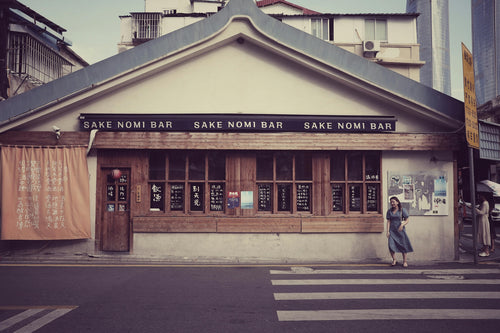
7 Best Japanese Sake Bars in Tokyo
Tokyo is home to some of Japan’s best sake bars, offering both locals and visitors an opportunity to explore the...
-

Top 6 Observation Decks in Tokyo for Scenic Views
Tokyo’s observation decks offer some of the best panoramic views of the city, giving visitors a chance to see th...
-
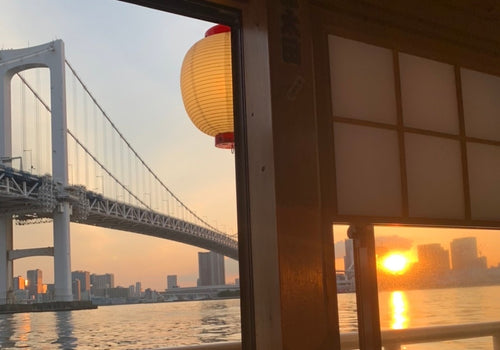
Night Cruises in Tokyo: Enjoy the City Views
Tokyo’s skyline is mesmerizing at any time, but experiencing it from the water on a night cruise adds a magical ...
-
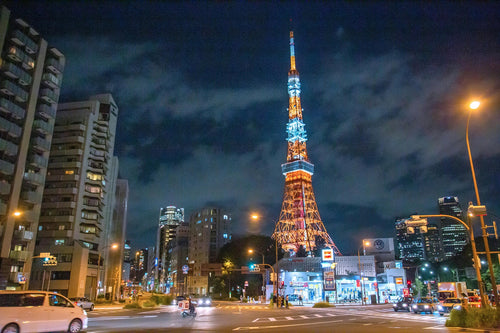
Roppongi Art and Nightlife Guide
Roppongi is one of Tokyo’s most vibrant districts, known for its lively nightlife, sophisticated art scene, and ...
-
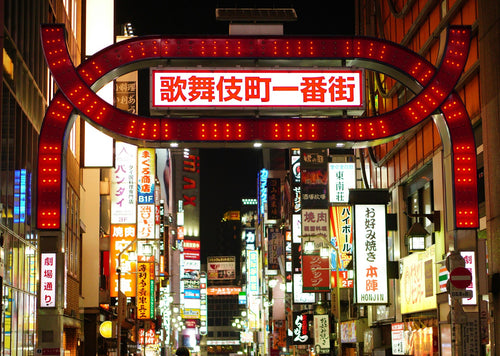
Nightlife Guide to Shinjuku Kabukicho
Shinjuku’s Kabukicho district, known as Tokyo’s “Sleepless Town,” is the center of nightlife in Tokyo. Renowned ...
-

6 Best Night View Spots in Tokyo
Tokyo at night is a breathtaking spectacle, with illuminated skyscrapers, iconic landmarks, and bustling streets that...
-

Top 12 Sake Breweries in Japan for Tasting and Tours
Japan’s sake culture is celebrated around the world for its depth, complexity, and rich history. Sake, or nihons...
-
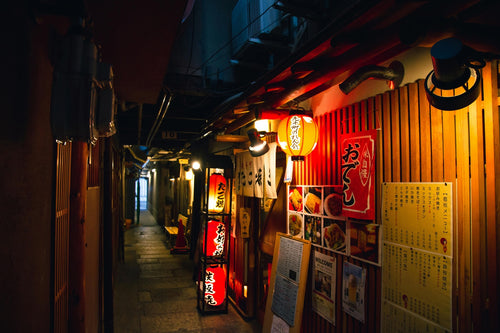
How to Enjoy a Night at a Japanese Izakaya
Japanese izakayas are casual, lively spots where locals gather after work to enjoy drinks, share small plates, a...
-

Exploring Karaoke Culture in Japan: 8 Best Places to Sing
Karaoke is an integral part of Japanese culture, offering a fun and entertaining way for friends, family, and even co...
-

5 recommended bars in Golden Gai
Golden Gai, nestled in the heart of Tokyo’s Shinjuku district, is one of the city’s most iconic bar districts. Known ...
-
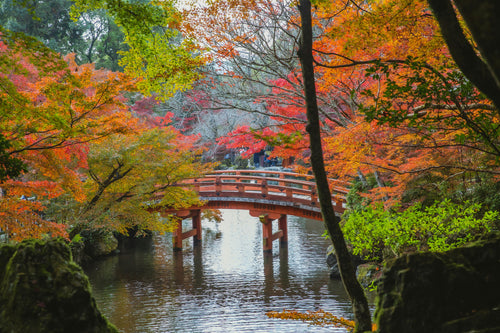
10 Japanese Gardens You Should Visit for Tranquility
Japanese gardens are renowned for their beauty, tranquility, and intricate designs that reflect harmony with nature. ...
-

Japan’s Kimono Heritage: Symbolism, Style, and Where to See
The kimono, Japan’s traditional garment, is a beautiful and symbolic representation of Japanese culture. From its int...
-
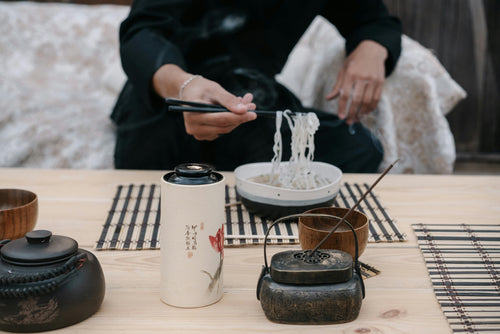
Etiquette Essentials for Visitors to Japan
Japan’s culture is rich in respect, politeness, and consideration, making etiquette an essential part of daily l...
-
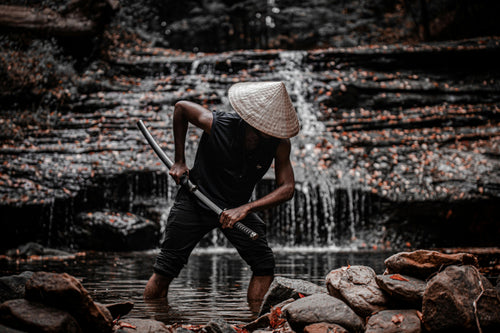
7 Best Places to Discover Japan’s Samurai History
Japan’s samurai history is one of honor, skill, and deep cultural influence, stretching back centuries and leaving an...
-
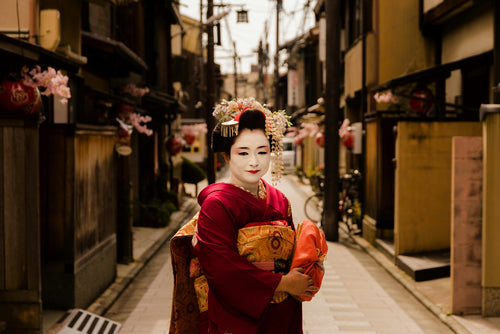
Geisha Culture in Japan: Myths and Realities
The world of geisha, Japan’s skilled performers and keepers of traditional arts, has long intrigued people around th...
-

Japan’s Unique Architecture: Top 8 Traditional and Modern Landmarks
Japan is renowned for its unique blend of ancient architectural heritage and cutting-edge modern designs. From c...
-
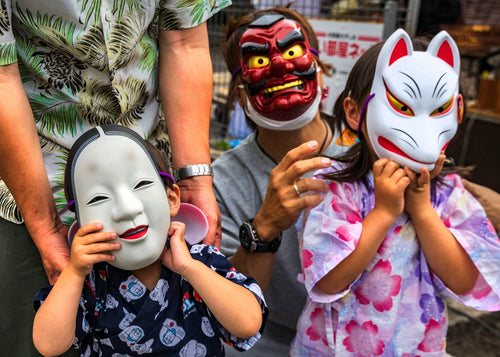
10 Traditional Japanese Festivals (Matsuri) You Can’t Miss
Japanese festivals, or *matsuri*, are vibrant celebrations of cultural heritage, featuring elaborate costumes, l...
-
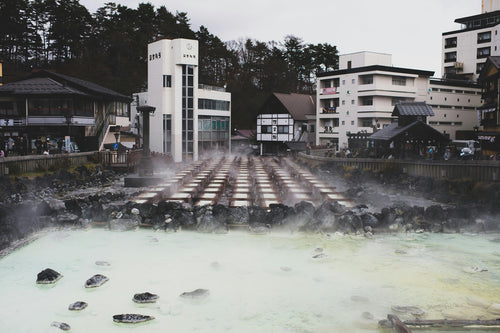
Japan’s Three Great Onsen: A Guide to Famous Hot Springs
Japan is famous for its natural hot springs, or *onsen* (温泉), offering visitors a unique opportunity to relax and rej...
-
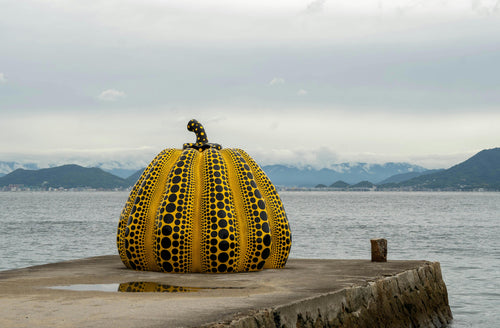
Japanese Art Exploration: Best Spots to Enjoy Art in Japan
Japan is a country rich in artistic heritage, from centuries-old traditional crafts to modern, innovative instal...
-

Guide to Japan’s Fireworks Festivals: When and Where to Go
Japan’s summer fireworks festivals, known as "hanabi taikai" (花火大会), are among the most anticipated events in th...
-
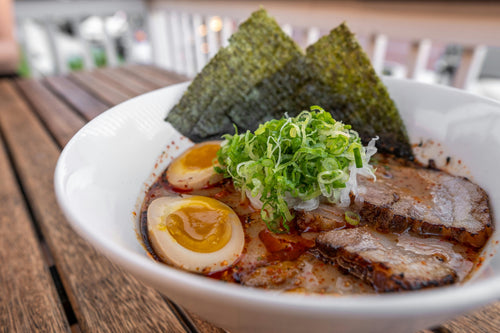
Where to Experience Ramen-Making Classes in Japan
Ramen is one of Japan’s most beloved dishes, with countless regional styles and flavors that attract food lovers from...
-
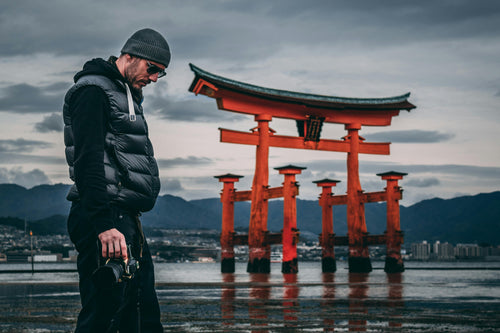
Power Spot Tours: Japan’s Famous Temples and Shrines
Japan is a land steeped in spiritual history, and visiting its temples and shrines provides not only a glimpse i...
-
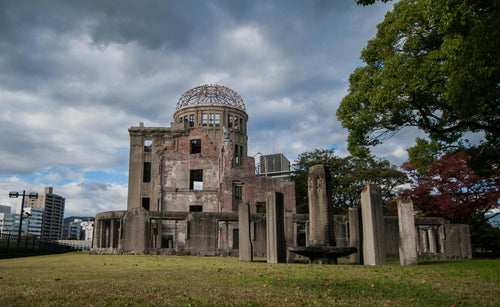
UNESCO World Heritage Site Tour Guide in Japan
Japan is home to numerous UNESCO World Heritage Sites, each offering a glimpse into the country’s rich cultural herit...
-

10 Unique Drinks to Try from Japanese Vending Machines
Japan is famous for its vending machines, offering an incredible variety of drinks that go beyond just soft drinks an...
-
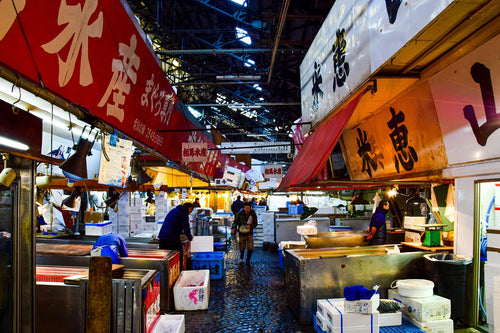
Tokyo Market Guide: Exploring Tsukiji and Toyosu Markets
Tokyo's Tsukiji and Toyosu Markets are must-visit spots for food lovers and anyone interested in Japan’s rich culinar...
-
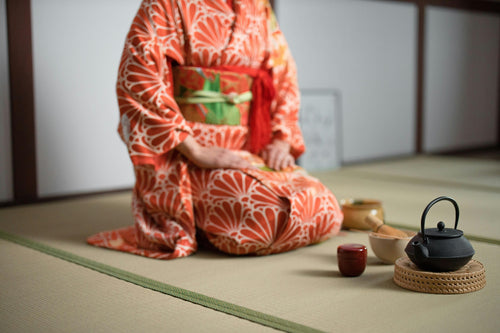
Experiencing Traditional Tea Ceremony in Tokyo
The Japanese tea ceremony, or "chanoyu," is a cultural experience steeped in tradition, aesthetics, and mindfulness....
-
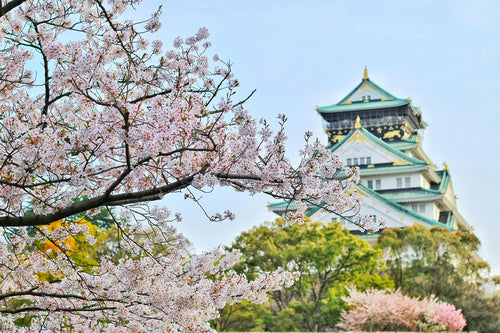
Top 7 Cherry Blossom Viewing Locations in Tokyo
Springtime in Tokyo is synonymous with the cherry blossom season, a breathtaking period when the city’s parks, rivers...
-
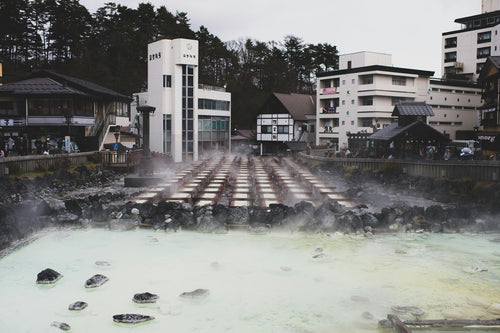
What is Onsen? A Guide to History, Benefits, and Etiquette
Onsen, Japan’s cherished hot spring culture, offers a unique blend of relaxation, scenic beauty, and deep-rooted trad...
-
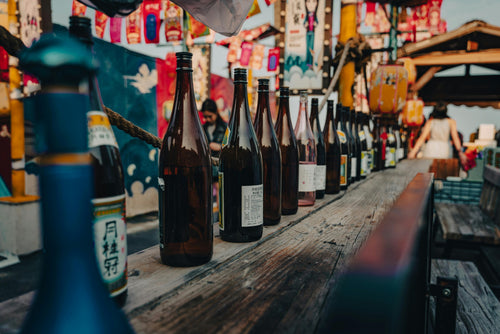
What is Sake? Its Production Method and History
Sake is a traditional Japanese alcoholic beverage made from fermented rice. It has been enjoyed in Japan for over a t...
-

8 hot springs with beautiful scenery near Tokyo
Tokyo is a bustling metropolis, but just outside the city are some of Japan's most serene hot springs, or onsens, off...
-

Top 10 museum to visit in Tokyo
Tokyo is home to a diverse range of museums that cater to all interests, from art and history to technology and pop c...
-
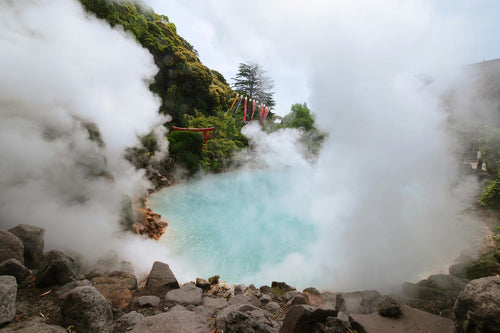
9 Best Hot Spring and Bathhouse in Tokyo
Tokyo is known for its vibrant urban energy, but it's also a fantastic place to relax and rejuvenate in hot springs (...
-
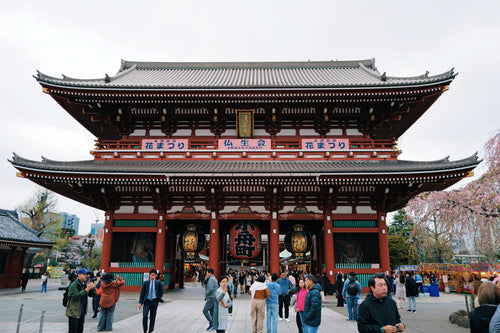
15 Famous Temples and Shrines to Visit near Tokyo
Tokyo and its surrounding areas are home to many famous temples and shrines that showcase Japan's rich spiritual and ...









































